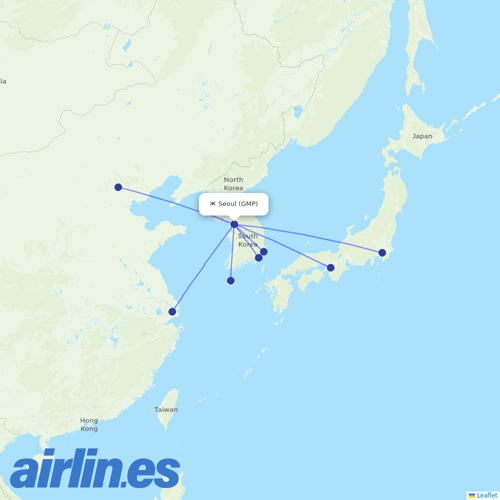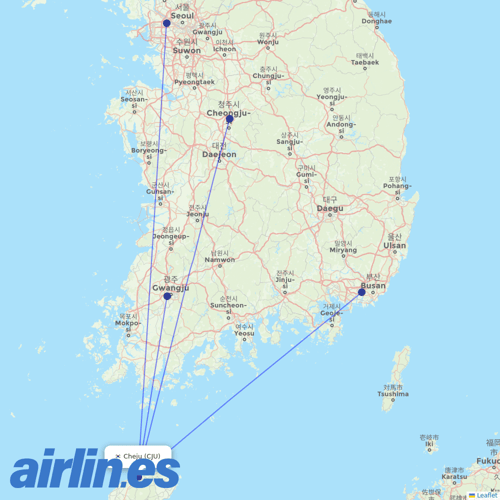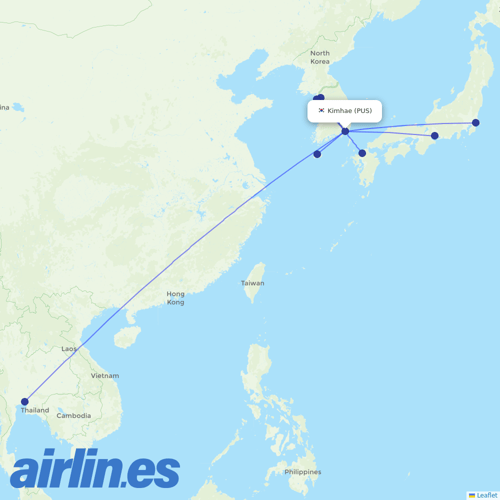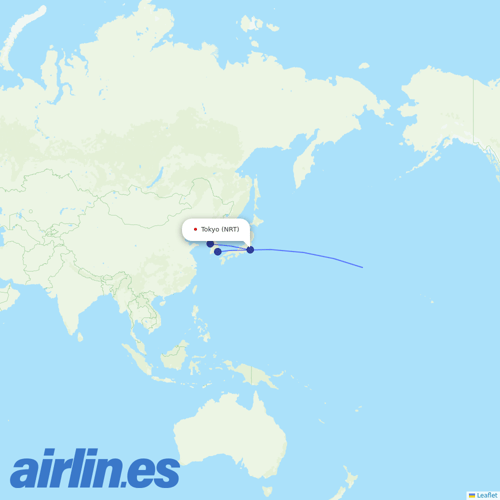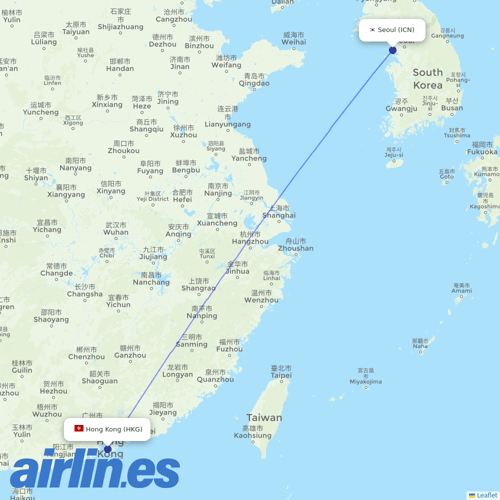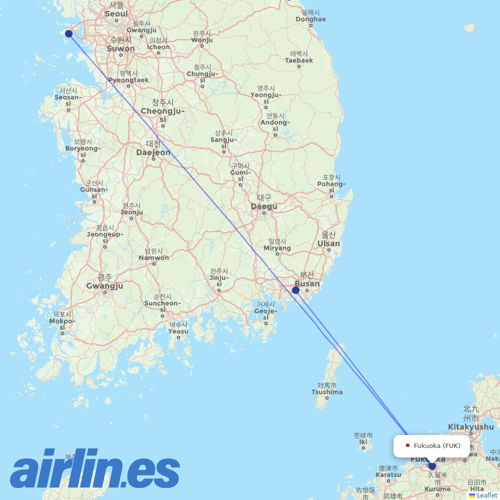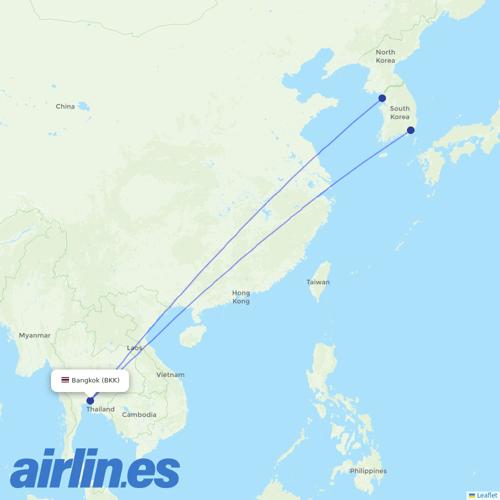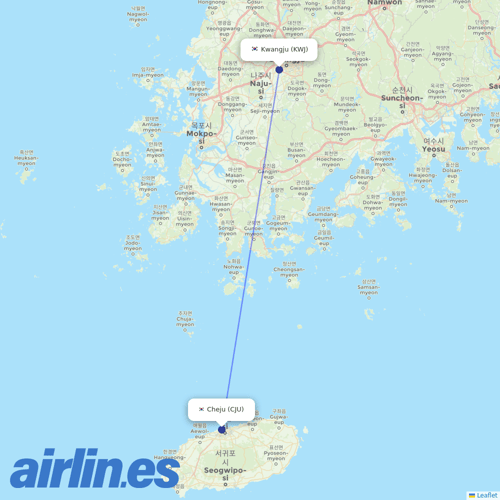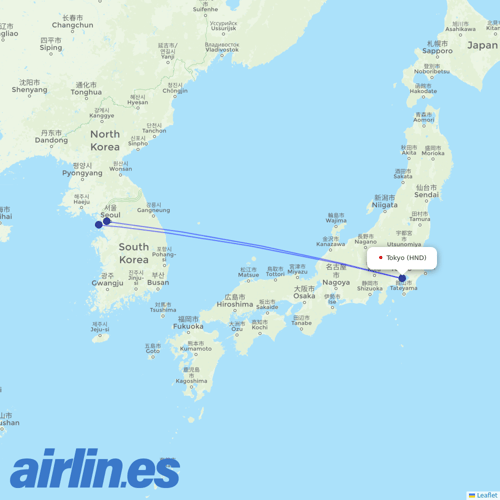
Korean Air
Korean Air is the largest airline in South Korea based on both fleet size and international destinations. The airline is a founding member of the global alliance SkyTeam and has two hubs at Gimpo International Airport and Incheon International Airport. About 90 percent of their connections are found in Asia, while they also offer destinations in North America, Europe and Oceania.
CALLSIGN: KOREANAIR. IATA Code: KE. ICAO Code: KAL
Website: http://www.koreanair.com/
Korean Air 30 days of scheduled flights
Korean Air airports
Korean Air operates over 160 flight routes. Here are the most popular.
| From | To | |||
|---|---|---|---|---|
| CJU | Jeju | Seoul | GMP | » |
| PUS | Busan | Seoul | GMP | » |
| PUS | Busan | Jeju | CJU | » |
| ICN | Seoul | Hong Kong | HKG | » |
| PUS | Busan | Seoul | ICN | » |
| CJU | Jeju | Gwangju | KWJ | » |
| ICN | Seoul | Tokyo | NRT | » |
| ICN | Seoul | Bangkok | BKK | » |
| CJU | Jeju | Cheongju | CJJ | » |
| ICN | Seoul | Ho Chi Minh City | SGN | » |
| ICN | Seoul | Manila | MNL | » |
| GMP | Seoul | Tokyo | HND | » |
| ICN | Seoul | Osaka | KIX | » |
| ICN | Seoul | Fukuoka | FUK | » |
| ICN | Seoul | Singapore | SIN | » |
| ICN | Seoul | Shanghai | PVG | » |
| ICN | Seoul | Da Nang | DAD | » |
| ICN | Seoul | Nagoya | NGO | » |
| ICN | Seoul | Taipei | TPE | » |
| ICN | Seoul | Sapporo | CTS | » |
| ICN | Seoul | Los Angeles | LAX | » |
Aircraft models scheduled to fly with Korean Air.
| Aircraft model | Flights |
|---|---|
| Airbus A330-300 | 1918 |
| Code 223 | 1674 |
| A321neo | 1612 |
| Boeing 737-900 Passenger | 1322 |
| Boeing 777-300ER | 1265 |
Korean Air airports
Sorted by the number of departing flights next month.
An airline hub is an airport where the airline has a heavy presence and normally some kind of headquarters. On the other hand, a focus city is a destination where the airline operates limited point-to-point routes. In these cities, the airline doesn’t necessarily need to have an office (even though this sometimes is the case). Many low-cost airlines don't use the definition 'hub' but instead define their main airports of operations as an operating base.



